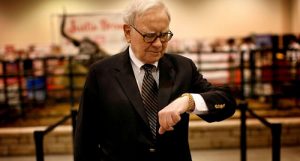Silicon Valley Ditches News, Shaking an Unstable Industry

Campbell Brown, Facebook’s top news executive, said this month that she was leaving the company. Twitter, now known as X, removed headlines from the platform days later. The head of Instagram’s Threads app, an X competitor, reiterated that his social network would not amplify news.
Even Google — the strongest partner to news organizations over the past 10 years — has become less dependable, making publishers more wary of their reliance on the search giant. The company has laid off news employees in two recent team reorganizations, and some publishers say traffic from Google has tapered off.
If it wasn’t clear before, it’s clear now: The major online platforms are breaking up with news.
Some executives of the largest tech companies, like Adam Mosseri at Instagram, have said in no uncertain terms that hosting news on their sites can often be more trouble than it is worth because it generates polarized debates. Others, like Elon Musk, the owner of X, have expressed disdain for the mainstream press. Publishers seem resigned to the idea that traffic from the big tech companies will not return to what it once was.
Even in the long-fractious relationship between publishers and tech platforms, the latest rift stands out — and the consequences for the news industry are stark.
Many news companies have struggled to survive after the tech companies threw the industry’s business model into upheaval more than a decade ago. One lifeline was the traffic — and, by extension, advertising — that came from sites like Facebook and Twitter.
Now that traffic is disappearing. Top news sites got about 11.5 percent of their web traffic in the United States from social networks in September 2020, according to Similarweb, a data and analytics company. By September this year, it was down to 6.5 percent.





